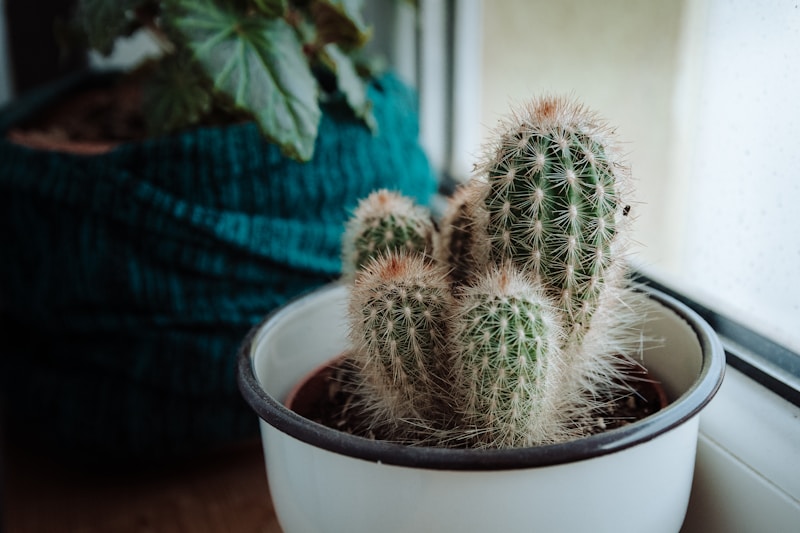Proper nutrition is essential for your pet’s health, yet the world of pet food is often cluttered with myths and misinformation. From trendy diet fads to well-meaning but misguided advice, it’s easy to fall into the trap of feeding your pet something that may not actually be good for them. To help you make more informed choices, here are some common pet nutrition myths you should stop believing.
Myth #1: Grain-Free Diets Are Always Better for Pets
One of the most persistent myths is that grain-free diets are inherently healthier for pets. This belief often stems from the popularity of grain-free diets for humans and the misconception that grains are merely “fillers” in pet food.
The truth: Grains like brown rice, oats, and barley are not harmful to most pets. In fact, they can provide essential nutrients such as fiber, vitamins, and minerals. Unless your pet has a specific grain allergy (which is rare), there’s no proven benefit to removing grains from their diet. In recent years, the FDA has even investigated links between grain-free diets and an increased risk of canine dilated cardiomyopathy (DCM), a potentially serious heart condition. Always consult your vet before making a major change to your pet’s diet.
Myth #2: Raw Food Diets Are the Most Natural and Healthy
The idea behind raw food diets is that they mimic what animals would eat in the wild. This typically includes raw meat, bones, and organs. Proponents argue that raw diets lead to shinier coats, healthier teeth, and improved digestion.
The truth: While the theory may sound compelling, raw diets come with significant risks. Raw meat can carry harmful bacteria such as Salmonella and E. coli, posing a danger not just to pets but also to humans in the household. Moreover, balancing a raw diet to ensure it meets all your pet’s nutritional needs can be extremely challenging. Most veterinarians and pet nutrition experts recommend commercial pet foods that are formulated to be complete and balanced, unless a raw diet is carefully planned and monitored by a veterinary nutritionist.
Myth #3: Table Scraps Are Harmless Treats
Many pet owners think sharing a little bit of their meal with their furry friend is harmless—or even a way of showing love. While occasional treats might not cause immediate harm, consistently feeding your pet human food can lead to serious health problems.
The truth: Human food is often too rich, salty, or fatty for pets. Some ingredients that are perfectly fine for us—like onions, garlic, grapes, and chocolate—can be toxic or even fatal to animals. Even if the food isn’t toxic, table scraps can contribute to obesity, pancreatitis, or gastrointestinal upset. Instead of giving leftovers, opt for vet-approved treats or fresh fruits and vegetables that are safe for pets, like carrots or apple slices (without seeds).
Myth #4: All Pet Foods Are Created Equal
With so many brands on the market, it’s tempting to assume that all pet foods are more or less the same, especially if they meet basic labeling requirements. But not all pet foods offer the same level of quality.
The truth: Pet foods can vary greatly in terms of ingredient quality, nutrient balance, and manufacturing standards. Just because a food is marketed as “premium” or “natural” doesn’t mean it’s nutritionally complete. Look for brands that conduct feeding trials, have veterinary nutritionists on staff, and meet the standards set by the Association of American Feed Control Officials (AAFCO). Reading the ingredient list is helpful, but understanding the nutrient profile is even more important.
Final Thoughts
Being a responsible pet owner means going beyond marketing claims and outdated advice. Just like with human nutrition, pet nutrition should be based on science, not trends. Always consult your veterinarian before making any significant changes to your pet’s diet, and don’t hesitate to ask questions about what’s truly best for your furry friend.
By debunking these common myths, you’re one step closer to ensuring your pet lives a healthier, happier life.

